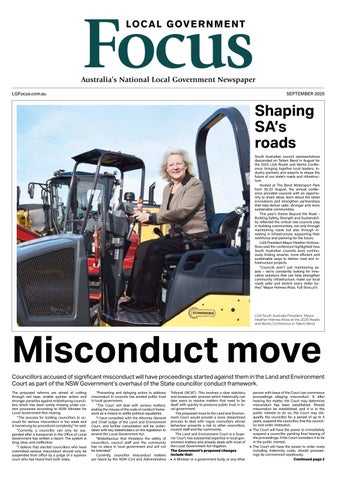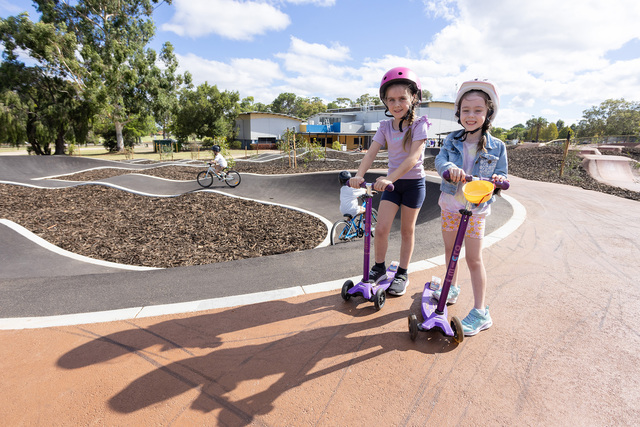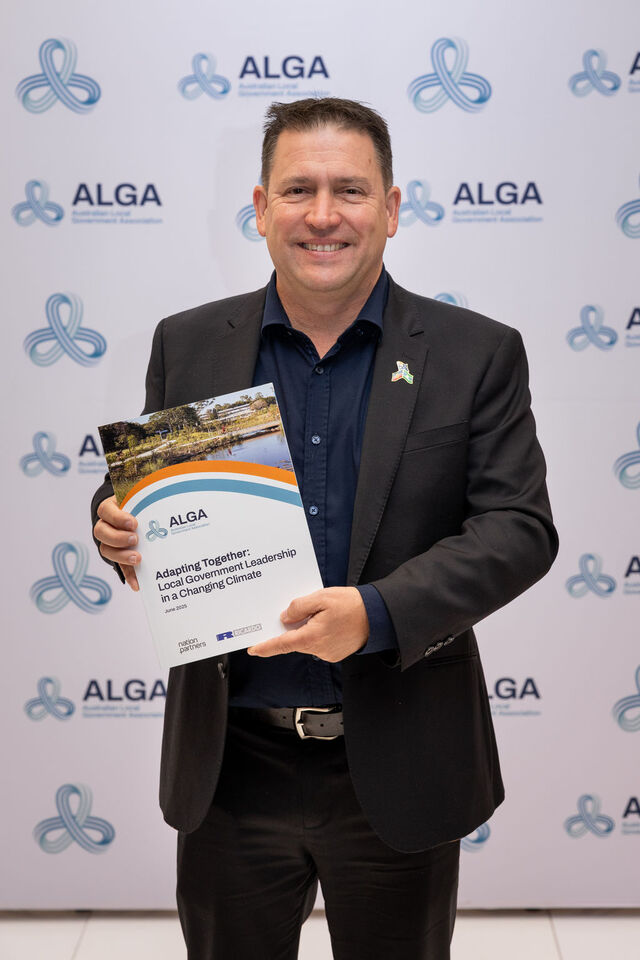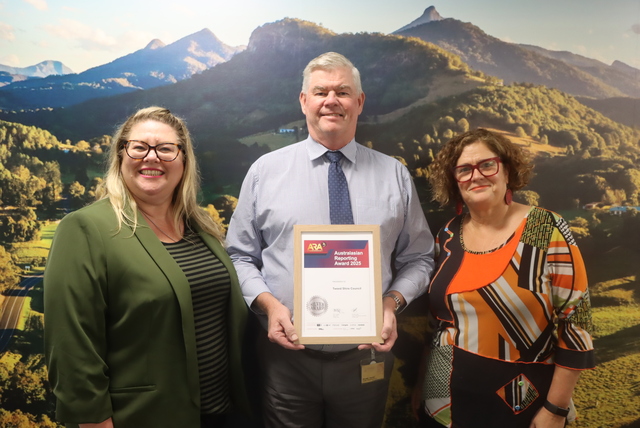Launceston City Council has transformed an old railway site into the new location for its Community History Centre. Opened in July, the centre houses 1,800 metres of shelf space. Collections include boxed photographs, manuscripts, cabinets of oversize materials, mobile storage for framed works and oral history cabinets. The Community History Centre is the major archival resource in Northern Tasmania for historical research.
Museum Director, Chris Tassell, said the centre’s role is to document, preserve and develop the archival collections acquired by the Queen Victorian Museum and Art Gallery.
“We also provide public access to the collections through exhibitions and other public programs, and through the Community History Centre,” he said. “Our staff provide advice about other related organisations in Launceston, such as the Launceston Library and Tasmanian Family History Society.
“These three organisations work closely together to provide an unparalleled level of service about family and regional history in Northern Tasmania. We do not provide a general historical research service, but concentrate on making available any information held in our collections.”
The Queen Victoria Museum and Art Gallery’s Library is also housed in the new facility.
“While the library is not a general lending library, we do provide access for the community to our collections of maps, plans, architectural and engineering drawings,” Chris Tassell said.
Launceston Mayor, Janie Dickenson, said that new premises were a vast improvement on the previous home for the city’s community history.
The former 1842 building created difficult conditions such as employees needing to walk great distances to retrieve and store items.
“The centre’s new home is a merging of old and new – a great fit for the Inveresk site,” she said. “Once again we have demonstrated how our old railway workshops can provide state of the art facilities for Launceston’s cultural, educational and this time, historical artefacts.
“The information that is available here about our community and its history is amazing. The centre holds over 800 oral interviews of the lives of Tasmanians. One of the great aspects of this is that not only our own community, but the global community can access all of this information by simply contacting the on site team with their enquiry directly via email, fax or telephone.”







